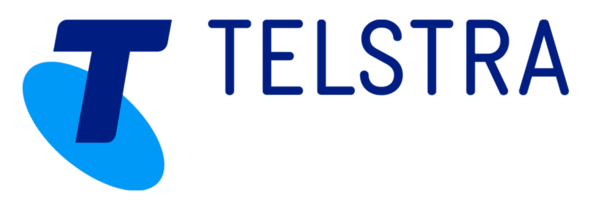

course overview
Overview
Audience
The Information Protection Administrator plans and implements controls that meet organizational compliance needs. This person is responsible for translating requirements and compliance controls into technical implementation. They assist organizational control owners to become and stay compliant. They work with information technology (IT) personnel, business application owners, human resources, and legal stakeholders to implement technology that supports policies and controls necessary to sufficiently address regulatory requirements for their organization. They also work with the compliance and security leadership such as a Chief Compliance Officer and Security Officer to evaluate the full breadth of associated enterprise risk and partner to develop those policies. This person defines applicable requirements and tests IT processes and operations against those policies and controls. They are responsible for creating policies and rules for content classification, data loss prevention, governance, and protection.
Job role: Administrator, Information Protection Administrator, Risk Practitioner, Security Engineer
Preparation for exam: SC-400
Features: none
Skills Gained
Prerequisites
Before attending this course, students should have:
Outline
100s of Microsoft Training Courses
Microsoft is one of the largest and most renowned companies in the computing world. They are responsible for designing, developing, manufacturing and licensing an ever-increasing array of different software products. The two most notable ones are the Windows operating system and the Office suite of applications. In addition they provide comprehensive support for all users, ensuring they can use their products effectively.
Whatever your area of interest, whether it is system architecture, development, administration, web applications, communications, networking, project management, security or design, there is Microsoft software you can utilise. The products are high quality and reliable. In addition they also receive regular updates to improve features, performance and security.
CourseMonster understand the value Microsoft software can offer. That is why we encourage businesses to make use of it. To help them with this we offer over a directory of 500 different Microsoft training courses. Each of them is organised, detailed, and will help learners to build their skills. We have fantastic customer satisfaction rates and ensure that every learner receives the support they need.
We are able to provide either public or customised training, adapting to suit the specific needs of each business. Whether it is a large class or a smaller group, we will ensure they are trained to a very high standard.
Over the years we have provided Microsoft training courses for respected companies from a wide array of different industries. We can cater for each of their needs and build long lasting relationships because they know we are a reliable training provider.
We hold training dates spanning:
Whether your interest is in architecture, development, system administration, web applications, design, communications, security, networking, project management, or business applications, with over 500 Microsoft training courses in our directory you will can quickly find the training you need on CM Training.
Contact us to get more information the vast array of Microsoft certification and training available through CM training.
If you need training for 3 or more people, you should ask us about onsite training. Putting aside the obvious location benefit, content can be customised to better meet your business objectives and more can be covered than in a public classroom. Its a cost effective option. One on one training can be delivered too, at reasonable rates.
Submit an enquiry from any page on this site, and let us know you are interested in the requirements box, or simply mention it when we contact you.
All $ prices are in USD unless it’s a NZ or AU date
SPVC = Self Paced Virtual Class
LVC = Live Virtual Class
Our clients have included prestigious national organisations such as Oxford University Press, multi-national private corporations such as JP Morgan and HSBC, as well as public sector institutions such as the Department of Defence and the Department of Health.












